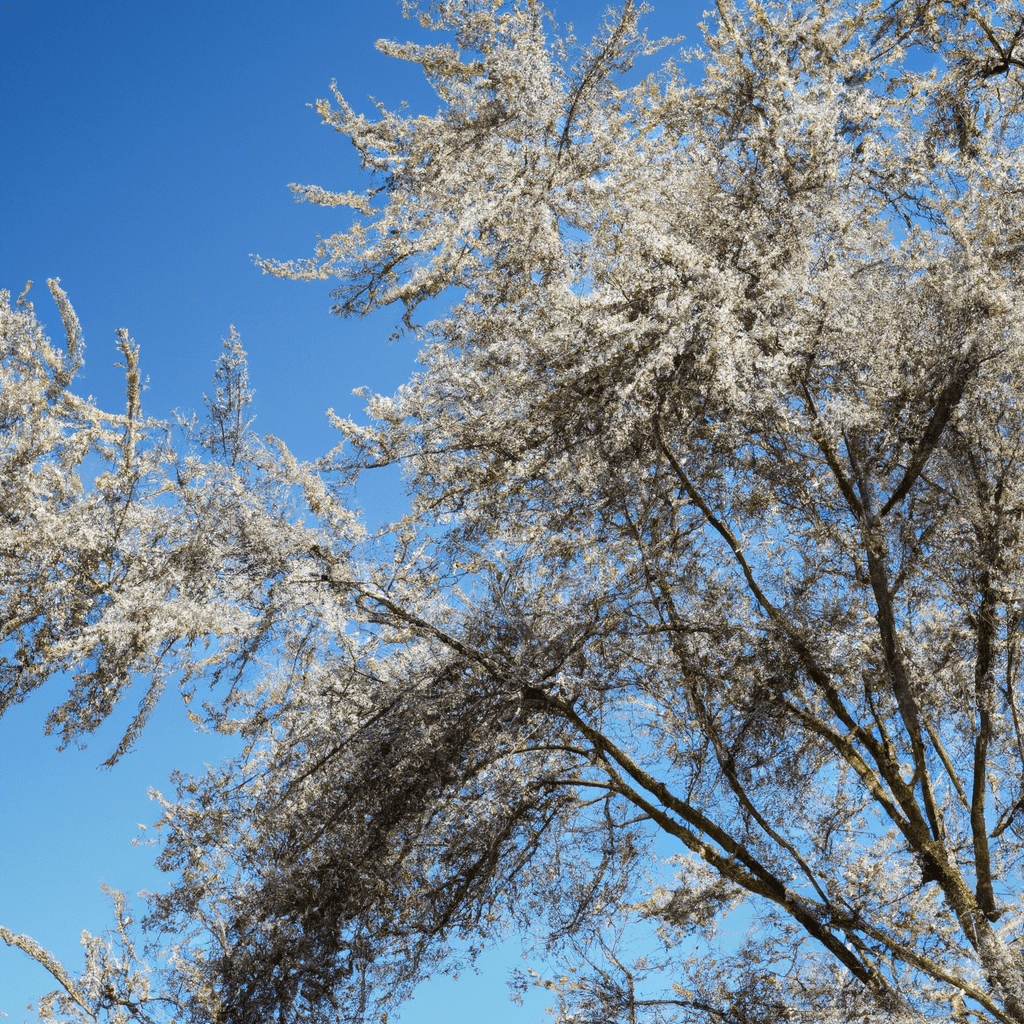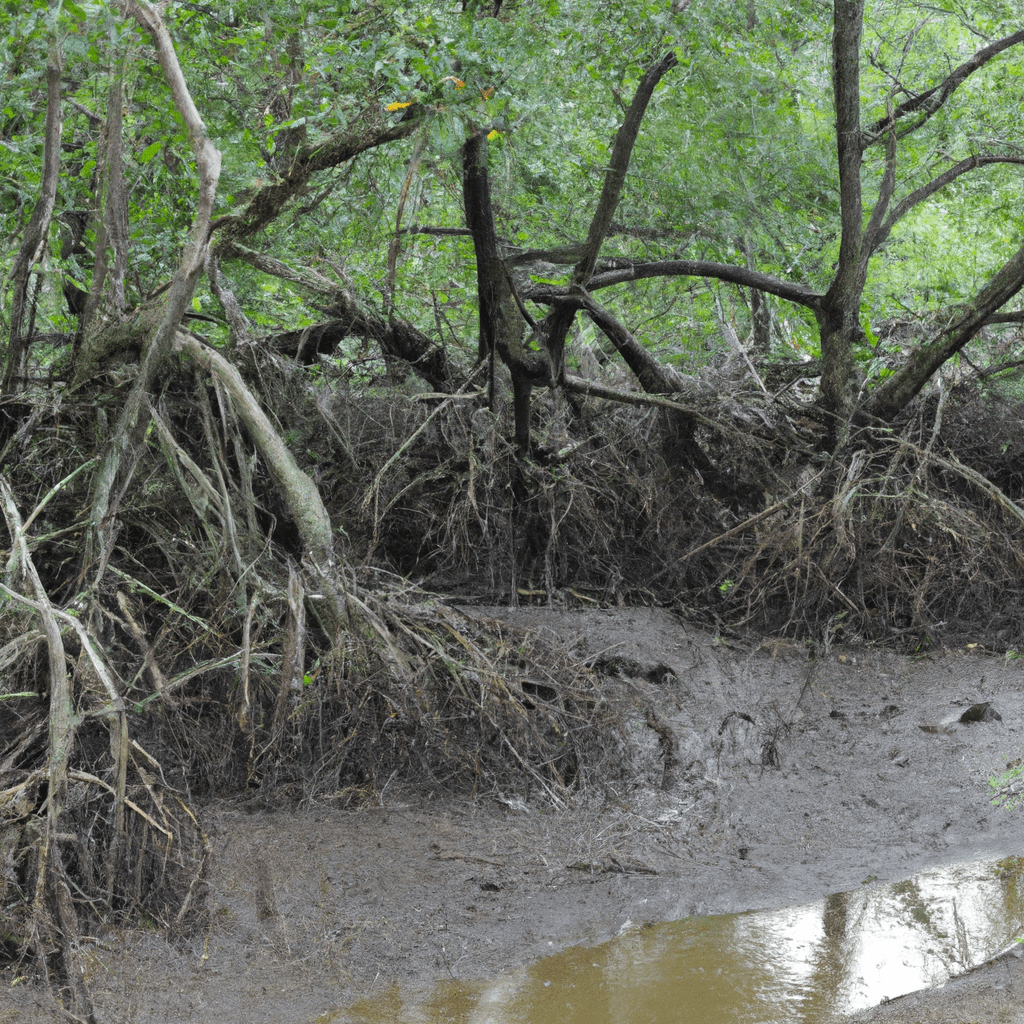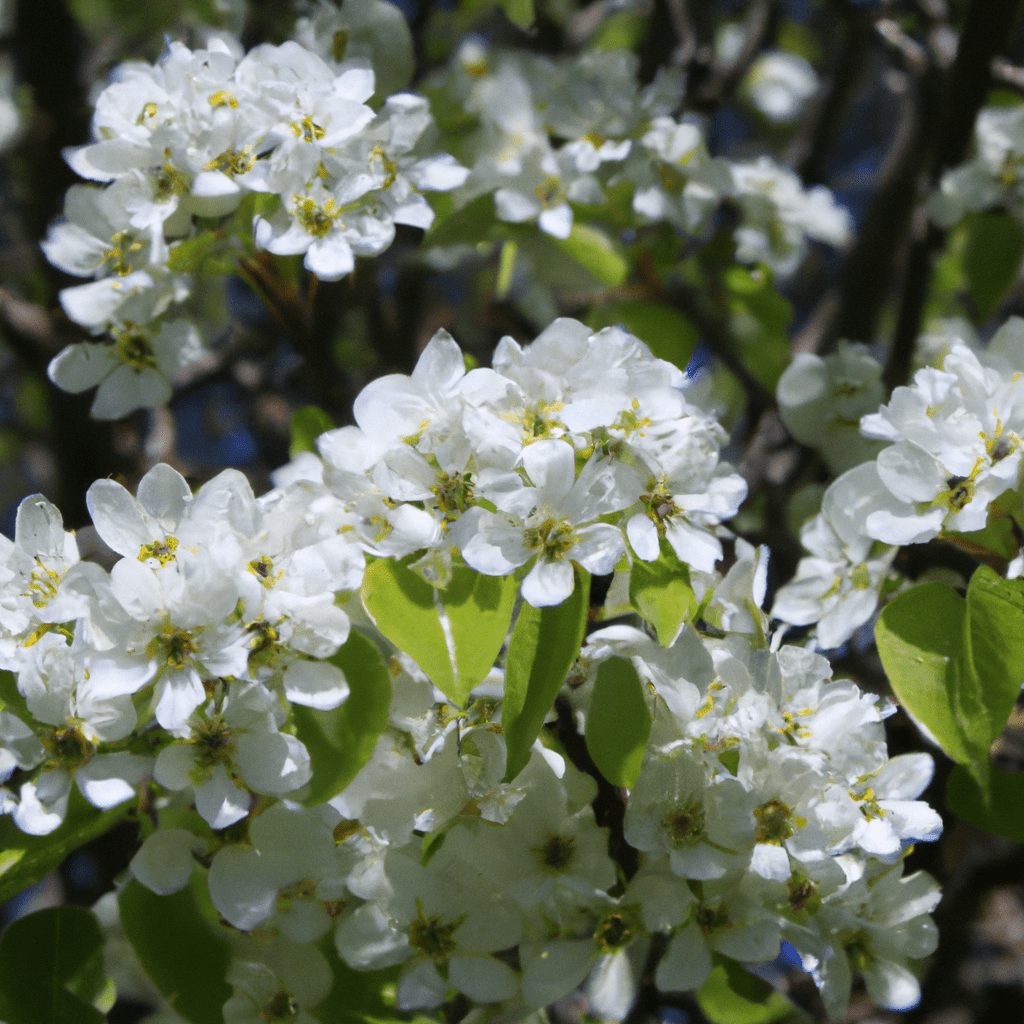The Saxaul tree is a unique and fascinating species that thrives in arid regions. With its distinctive features and remarkable adaptations, it has become an important part of the ecosystem. Let’s explore 30 interesting facts about the Saxaul tree.
Fact 1: Desert Dweller
The Saxaul tree, scientifically known as Haloxylon ammodendron, is a desert-dwelling plant that primarily grows in the arid regions of Central Asia. It is well-adapted to survive in extreme desert conditions, including high temperatures and limited water availability.
Fact 2: Drought Tolerance
One of the most remarkable characteristics of the Saxaul tree is its exceptional drought tolerance. It has evolved mechanisms to conserve water and withstand long periods of drought. Its deep taproots enable it to access water from deep underground, ensuring its survival in arid environments.
Fact 3: Salt Tolerance
Another interesting adaptation of the Saxaul tree is its ability to tolerate high levels of salt in the soil. It has specialized salt glands in its leaves that excrete excess salt, preventing salt accumulation and maintaining proper hydration.
Fact 4: Ecological Importance
The Saxaul tree plays a vital role in desert ecosystems. Its dense foliage provides shade and shelter for various desert-dwelling animals, including birds, insects, and small mammals. It also serves as a food source for herbivores, contributing to the overall biodiversity of the region.
Fact 5: Medicinal Uses
In traditional medicine, the Saxaul tree has been used for various medicinal purposes. Its bark and leaves are known to have antimicrobial and anti-inflammatory properties. Extracts from the tree have been used to treat conditions such as respiratory infections and skin disorders.
Fact 6: Wood Uses
The wood of the Saxaul tree is highly valued for its durability and resistance to decay. It is commonly used in construction, furniture making, and as fuelwood. The dense and sturdy nature of the wood makes it suitable for various applications in both rural and urban settings.
Fact 7: Erosion Control
Due to its deep root system and ability to thrive in harsh conditions, the Saxaul tree is often planted for erosion control purposes. Its extensive root network helps stabilize soil and prevent erosion, making it an effective tool in combating desertification.
Fact 8: Slow Growth
The Saxaul tree has a relatively slow growth rate, especially in its early years. It takes several years for the tree to reach maturity and start producing seeds. This slow growth is an adaptation to the harsh desert environment, allowing the tree to allocate resources efficiently.
Fact 9: Flowering Beauty
Although the Saxaul tree may appear plain at first glance, it showcases its beauty through its flowering period. During spring, the tree produces small, inconspicuous flowers that are often overlooked. However, these flowers play a crucial role in the tree’s reproductive cycle.
Fact 10: Fruit and Seed Production
Following the flowering stage, the Saxaul tree develops small, spherical fruits that contain seeds. These fruits serve as a food source for various animals, including birds and small mammals. The seeds are dispersed by animals, contributing to the tree’s ability to colonize new areas.
Fact 11: Fire Adaptation
The Saxaul tree has developed adaptations to cope with wildfires, which are common in desert regions. The thick bark of the tree acts as a protective layer, shielding the inner tissues from the intense heat of fires. This adaptation allows the tree to recover and regenerate after fire events.
Fact 12: Nitrogen Fixation
The Saxaul tree has a unique ability to form symbiotic relationships with nitrogen-fixing bacteria. These bacteria reside in nod
ules on the tree’s roots and convert atmospheric nitrogen into a usable form for the tree. This nitrogen fixation process enhances the soil’s fertility and benefits neighboring plants.
Fact 13: Cultural Significance
In Central Asian cultures, the Saxaul tree holds cultural significance. It is often associated with resilience, adaptability, and endurance in the face of challenging conditions. The tree’s ability to survive in harsh desert environments has made it a symbol of strength and tenacity.
Fact 14: Wildlife Habitat
The Saxaul tree provides crucial habitat for a diverse range of desert-dwelling wildlife. Its branches offer nesting sites for birds, while the foliage provides cover and foraging opportunities for insects and small mammals. The tree’s presence enhances the overall biodiversity and ecological balance of desert ecosystems.
Fact 15: Carbon Sequestration
Like other trees, the Saxaul tree plays a role in carbon sequestration. Through photosynthesis, it absorbs carbon dioxide from the atmosphere and stores carbon in its woody tissues. This contributes to mitigating the effects of climate change by reducing greenhouse gas concentrations.
Fact 16: Endangered Status
Despite its ability to withstand harsh desert conditions, the Saxaul tree faces various threats, including habitat loss and overexploitation. The demand for its wood and the conversion of its natural habitat for agricultural purposes have led to a decline in its population. Conservation efforts are necessary to protect this unique species.
Fact 17: Root System Adaptations
The roots of the Saxaul tree have adapted to the desert environment. They have the ability to access water from deep underground, allowing the tree to survive in areas with limited rainfall. The extensive root system also helps stabilize the soil and prevent desertification.
Fact 18: Pollination Mechanisms
The Saxaul tree relies on various pollinators for successful reproduction. Insects, such as bees and beetles, play a crucial role in transferring pollen between the tree’s flowers. This mutualistic relationship ensures the tree’s continued propagation and genetic diversity.
Fact 19: Wind Dispersal
The Saxaul tree has evolved to disperse its seeds through the wind. The small, lightweight seeds are equipped with structures that allow them to be carried by the wind over long distances. This dispersal mechanism enables the tree to colonize new areas and expand its range.
Fact 20: Survival Strategies
The Saxaul tree employs several survival strategies to thrive in desert environments. These include reduced leaf surface area to minimize water loss, a deep root system to access water sources, and mechanisms to tolerate high levels of salt in the soil. These adaptations enable the tree to survive and flourish in challenging conditions.
Fact 21: Medicinal Properties
The Saxaul tree has been traditionally used in folk medicine for its medicinal properties. Various parts of the tree, such as the bark, leaves, and resin, are believed to possess healing properties. It is used to treat ailments like gastrointestinal issues, respiratory disorders, and skin conditions.
Fact 22: Ecosystem Engineer
The Saxaul tree acts as an ecosystem engineer, modifying the physical environment to create suitable conditions for other organisms. Its deep roots help improve soil structure and water infiltration, making it easier for other plants to grow in the arid landscape. It also provides shade and shelter for animals, enhancing biodiversity.
Fact 23: Cultural Importance
The Saxaul tree holds cultural significance in the regions where it grows. It is often associated with resilience, endurance, and the ability to withstand challenging conditions. In some cultures, the tree is considered sacred and is used in religious ceremonies and rituals.
Fact 24: Ornamental Value
Due to its unique appearance and adaptability, the Saxaul tree is also grown as an ornamental plant in gardens and landscapes. Its branching pattern, small leaves, and tolerance to drought make it an attractive choice for arid and desert-themed gardens.
Fact 25: Wildlife Food Source
The Saxaul tree provides a valuable food source for wildlife in desert ecosystems. Its fruits, seeds, and foliage serve as a nutritious food supply for a variety of animals, including birds, insects, and small mammals. This contributes to the overall food web and supports the survival of desert-dwelling species.
Fact 26: Woodcraft and Artistry
The durable and resilient wood of the Saxaul tree is highly sought after for woodcraft and artistry. It is used to create intricate carvings, furniture, and decorative items. The unique grain pattern and natural colors of the wood make it a prized material for artisans and craftsmen.
Fact 27: Ecological Restoration
The Saxaul tree plays a crucial role in ecological restoration efforts in desert regions. Its ability to tolerate harsh conditions and its positive impact on soil stability and biodiversity make it an important species for reforestation and rehabilitation projects in arid landscapes.
Fact 28: Insect Host
The Saxaul tree serves as a host for various insect species. Insects like beetles and moths rely on the tree’s foliage and bark for feeding and reproduction. These insect interactions contribute to the intricate web of relationships within the desert ecosystem.
Fact 29: Traditional Craftsmanship
In some cultures, the Saxaul tree’s branches are used in traditional craftsmanship. They are woven together to create baskets, mats, and other functional items. This ancient craft showcases the resourcefulness of local communities in utilizing the tree’s natural materials.
Fact 30: Adaptation to Fire
The Saxaul tree has developed adaptations to survive and regenerate after fires. Its thick bark protects the inner tissues from intense heat, allowing the tree to recover quickly. The tree’s ability to withstand fire events ensures its long-term survival in fire-prone desert landscapes.
In conclusion, the Saxaul tree is a remarkable species that has adapted to thrive in harsh desert environments. Its unique features, including medicinal properties, cultural importance, and ecological significance, make it an integral part of desert ecosystems. Understanding and appreciating the various facets of the Saxaul tree enriches our knowledge of the natural world and highlights the resilience of life in extreme environments.
Note: The information provided in this article is for educational and informational purposes only. It is not intended to be a substitute for professional advice or guidance.



